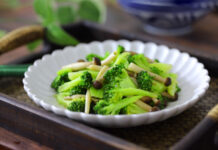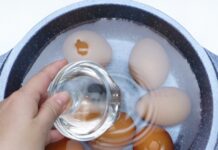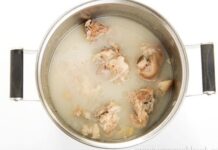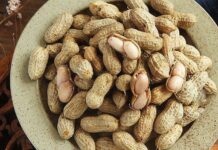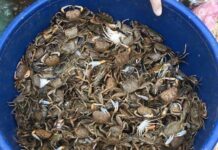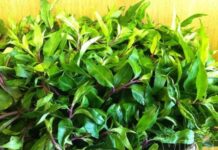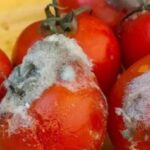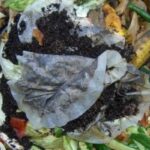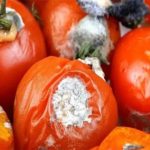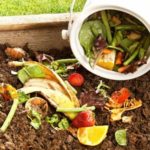Composting reduces landfill waste and improves your garden. According to the Environmental Protection Agency (EPA), “organic materials that can be added to soil to help plants grow.” That means better yields, more beautiful flowers, and a healthier garden at no extra cost by turning household scraps into “food for your plants.”
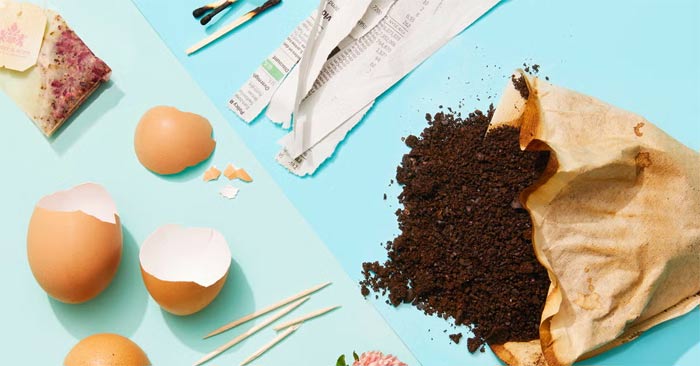
Follow the composting guide below to help improve the planet and your garden while reducing waste.
Why Compost?
Composting is an effective way to minimize waste. It not only reduces methane emissions from landfills (a major contributor to global warming) but also helps control the smell of your trash.
And the biggest benefit? You’ll have nutrient-rich fertilizer for your garden.
What Can You Compost?
Food scraps and yard waste can make up the largest percentage of composting materials. Other household items, such as newspapers and hair, can also be added to the mix.
✔️ Food
- Fruit and vegetable peels and scraps
- Mushroom scraps
- Eggshells
- Bread, cereals, and pasta
- Coffee grounds and some coffee filters
- Loose tea and tea bags
✔️ Yard
- Grass clippings
- Leaves
- Wood ash
- Sawdust
✔️ Other
- Newspaper
- Cardboard
- Dryer lint
- Hair
- Clipping nails
- Brown paper bags
- Toothpicks
- Matches
- Cut flowers
What Can’t You Compost?
Although biodegradable, dairy or animal products (including animal bones) will start to smell and attract pests, so throw them in the trash. Similarly, dispose of fats, oils, and pet waste. Also, if you have a plant that is diseased or infested with insects, don’t put it in your compost pile as it may contaminate your compost.
✔️ Food
- Meat or animal bones
- Milk
- Egg whites or yolks
✔️ Yard
- Diseased leaves or plants
- Coal ash
✔️ Other
- Fats
- Chemicals
- Pet waste
- Product labels
- Plastic
- Grease and oils

How to Compost Outdoors?
1. Create a composting area. If using a composting bin, ensure it’s conveniently located and has enough space to open the lid. For indoor composting, lidded containers with twist-on lids work well. They are easy to open and close while still containing odors.
When composting outdoors, choose an open area – you’ll need at least 1 square meter of space – and spread some branches or straw to ensure airflow and drainage. Use wire mesh or fencing to protect your compost from surrounding wildlife.
2. Balance “green” and “brown” materials. A useful ratio for compost is about two-thirds “brown” materials (branches, dry leaves, or soil) to one-third “green” materials (food scraps or fresh plant waste). Maintaining this balance is essential because brown materials are carbon-rich, nourishing the organisms that break down the waste, while green materials provide nitrogen, key to building the cell structure of your new soil.
Use a shovel to mix the materials together, chopping up any bulky waste. After mixing, add a thin layer of brown material on top.
3. Manage moisture. If your compost pile isn’t getting enough rain, you’ll need to add water with a sprinkler or hose. You may also choose to add wet waste when moisture is needed. Aim for moisture, not sogginess.
If you live in an area with high rainfall, cover your compost pile to prevent it from getting too wet, which can cause rot and kill beneficial microorganisms.
4. Turn your compost. Your compost also needs oxygen. Without air, your compost will start to rot and smell, so you’ll need to turn and mix it. With the right mix of scraps, moisture, and air, your compost should smell like soil.
If using a bin, you may opt for a tumbler, which rotates to mix the compost. Some have aeration bars inside to oxygenate the compost. With a tumbler, follow the manufacturer’s recommendations. Most advise turning the tumbler every two to three days.
5. When turning the compost, check the temperature. The center of your compost pile or bin should be warm; maintain an internal temperature between 130˚F and 150˚F. When the compost is ready, it will stop generating heat and look uniform and crumbly, like soil.

How to Compost Indoors?
Whether you live in an apartment or a house without a backyard, you can set up a small collection station right in your kitchen to avoid throwing away food scraps.
- Get a composting bin with a tight-fitting lid. Whether you choose plastic or stainless steel, ensure it has a lid.
- Line your composting bin with a biodegradable bag.
- Store full compost bags in your freezer. You’ll want to change the bag frequently to prevent weeks-old scraps from smelling in your space. When your bin is full, tie the bag securely and place it in the freezer. This will make it easier to transport the scraps, eliminate any odors, halt the decomposition process, and give you more time if you can’t dispose of them immediately.
Mix it into your garden beds or sprinkle it on top. Remember, compost isn’t a substitute for soil but works as a natural fertilizer to nourish the soil and plants, so add it a few times a year for the best results.











